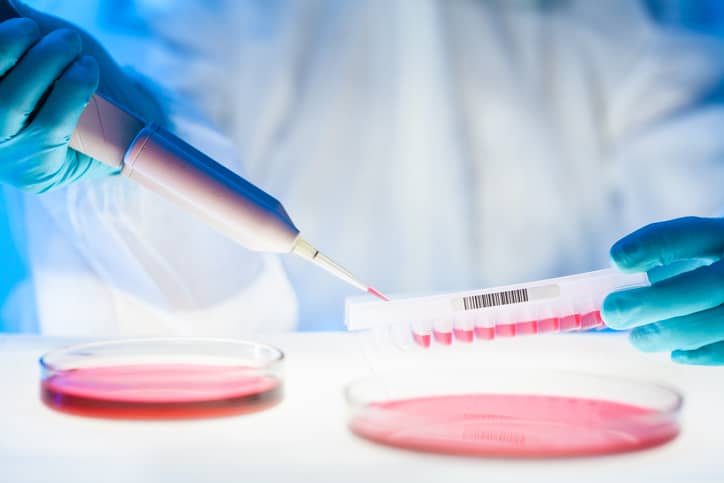If you live or travel in parts of the world where typhoid fever is common, you might need to have a typhoid test.
Places with the highest rates of typhoid fever include areas in Africa, South America, South and Southeast Asia and the Western Pacific regions.
Read on to learn the facts about typhoid tests, including the types available, what samples you need to provide and how reliable the results are.
What is typhoid fever and what are the symptoms?
Typhoid fever is an infection caused by a bacterium called Salmonella typhi. It spreads easily, usually through food or water that’s been contaminated with bacteria. It’s more common in places where there is poor sanitation and limited access to clean water.
Symptoms usually appear 1 or 2 weeks after infection and include:
- high temperature (fever), which can reach 39C or 40C
- headache
- body aches
- cough
- difficulty pooing (constipation)
As the illness gets worse, you might lose your appetite, feel sick, have tummy pains and loose poos (diarrhoea). Some people get a rash, too.
If you have typhoid fever symptoms, see a doctor as soon as possible, as it can become serious if it isn’t treated.

What are the tests for typhoid fever?
When you see a doctor with suspected typhoid fever, they will examine you and ask about your symptoms.
They will probably ask for a sample of your blood, poo (stools) or wee (urine), which can be tested in a lab for Salmonella typhi bacteria.
A typhoid fever test called the Widal test is often used in some countries, as it’s a low-cost option.
How does the Widal test work?
The Widal test looks for typhoid ‘antibodies’ in your blood, which your immune system makes if you’re infected.
However, it’s not very accurate: it may not be able to tell if you have a typhoid infection now or you’ve had it in the past, and can give ‘false-positive’ results.
That’s why the World Health Organization (WHO) advises using a blood culture test instead.

How does a blood culture test work?
A blood culture is a test that checks for bacteria in your blood. Your blood sample is put in a special dish called a culture, where bacteria can grow. Using a microscope, your sample will be checked for Salmonella typhi bacteria.
However, the first test doesn’t always detect the bacteria, so you may need more than 1 test.
If your test result is positive, people who live with you might also need to do a test to check if you’ve passed on the infection to them.
When to seek help
See a doctor as soon as you notice symptoms of typhoid fever. It’s best to get tested as soon as possible so you can get prompt treatment.
If you become ill while you’re travelling in a country you don’t live in, you can get help from:
- your travel company or insurer
- your consulate or embassy
- local emergency services
Key points
- you might need a test for typhoid fever if you travel or live in high-risk areas
- common symptoms include a temperature, head and body aches and a cough
- a doctor will take a sample of your blood, poo (stools) or wee (urine) to do typhoid tests
- the Widal test is a low-cost test for typhoid fever, but it’s not very reliable
- a blood culture test is recommended for typhoid fever
- if your test result is positive, the people you live with might need to do a test, too




